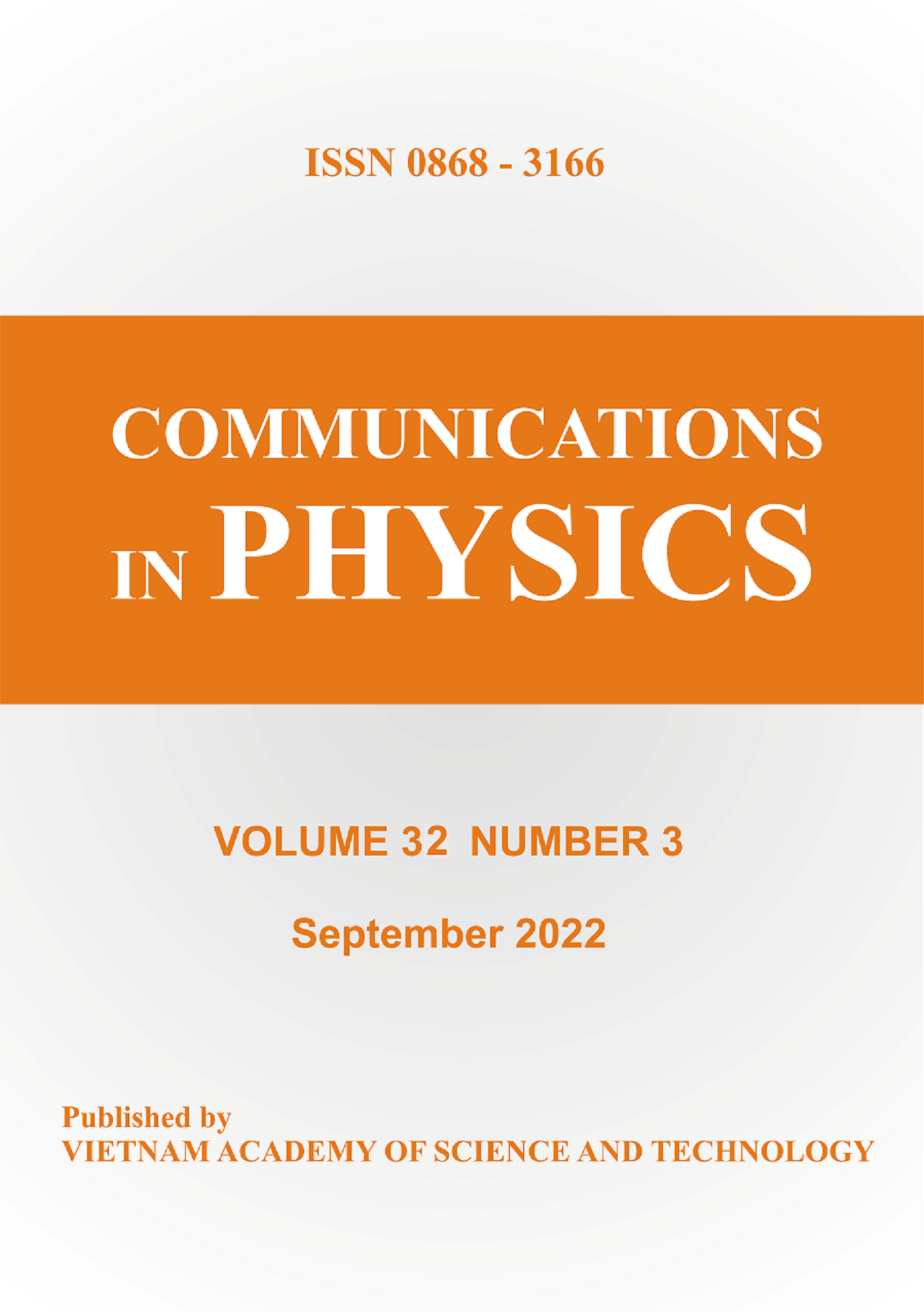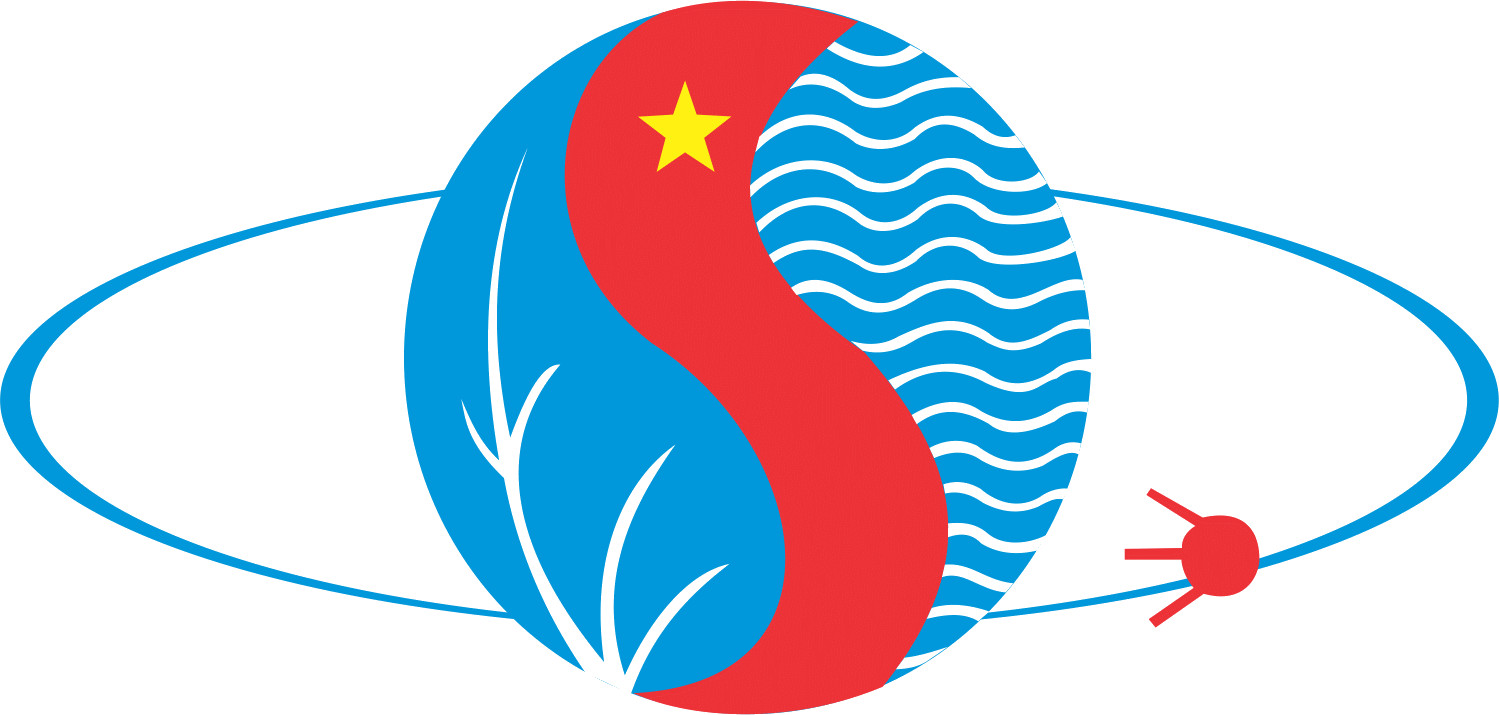Fluorescent Properties of Cancerous Liver Tissue
Author affiliations
DOI:
https://doi.org/10.15625/0868-3166/24/3S2/5058Keywords:
autofluorescence, Radachlorin$^{\circledR}$, hepatocellular carcinoma, liver cancerAbstract
Fluorescence spectroscopy is a technology used fruitfully for biomedicaldiagnostics as well as for therapeutic purposes. The fluorescent analysis
method are applied in biomedical diagnostics
bases on fluorescence of endogenous or exogenous fluorophores.
We initially applied fluorescence spectroscopy for the study of human liver cancer (hepatocellular carcinoma) with an exogenous fluorophores, Radachlorin\(^{\circledR }\) 0.35%. The main aim of this study is to determine the spectral variation between normal and malignant liver tissues in 2 cases: the samples expose and non-expose to Radachlorin. The excitation wavelength used for the fluorescence measurements is 405 nm.
Downloads
Download data is not yet available.
Metrics
Metrics Loading ...
Downloads
Published
06-10-2014
How to Cite
[1]
N. T. K. Van, N. D. Hoang, N. T. Binh, N. C. Thanh and P. K. Binh, Fluorescent Properties of Cancerous Liver Tissue, Comm. Phys. 24 (2014) 130–134. DOI: https://doi.org/10.15625/0868-3166/24/3S2/5058.
Issue
Section
Papers
License
Authors who publish with CIP agree with the following terms:- The manuscript is not under consideration for publication elsewhere. When a manuscript is accepted for publication, the author agrees to automatic transfer of the copyright to the editorial office.
- The manuscript should not be published elsewhere in any language without the consent of the copyright holders. Authors have the right to enter into separate, additional contractual arrangements for the non-exclusive distribution of the journal’s published version of their work (e.g., post it to an institutional repository or publish it in a book), with an acknowledgement of its initial publication in this journal.
- Authors are encouraged to post their work online (e.g., in institutional repositories or on their websites) prior to or during the submission process, as it can lead to productive exchanges or/and greater number of citation to the to-be-published work (See The Effect of Open Access).
Published 06-10-2014













